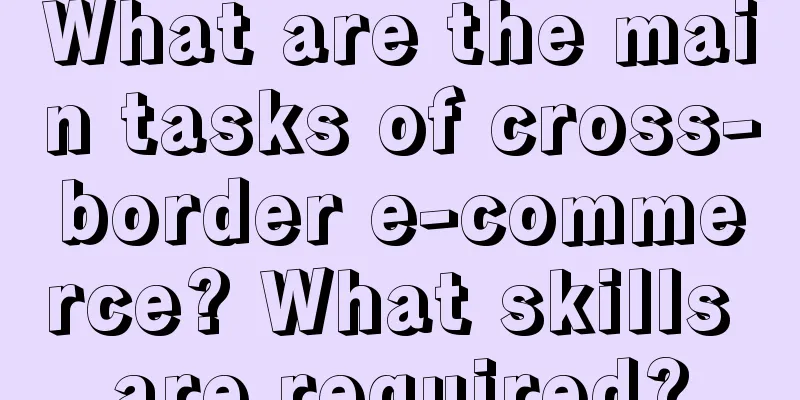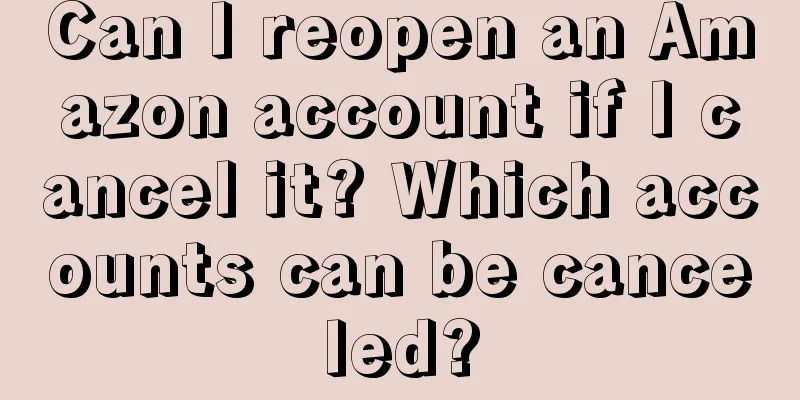Seven Strategies for the Second Growth Curve (Part 1)

Many industries are becoming more and more involuted, prices are getting lower and lower, and traffic costs are getting higher and higher. How can we achieve a simultaneous increase in volume and price in the fierce competition? Today, let's talk about how to use the second growth curve to achieve growth breakthroughs? 1. Concept AnalysisWhat is the second growth curve? Growth is an eternal proposition for enterprises. When our main business, main products and main channels show signs of sluggish growth, we must open up new formats, new battlefields and new performance. The second growth curve has seven strategies, including three tactical and four strategic ones: Tactical: The second growth curve includes: starting from the end, making the hidden visible, and making the curved straight ; Strategic: The second growth curve includes: small as big, low as high, light as heavy, and wrong as right . 2. Tactical Second Growth Curve1. Begin with the end in mindNo matter how loud the brand slogan is, most of us merchants are product-centric and customer-assisted. When growth is sluggish, we need to make three changes:
Why do I say so? From the perspective of the capital market, whether a company is ultimately worth investing in does not focus on the conversion rate and GMV of a single transaction, but on the customer journey map, customer life cycle, and customer lifetime value. When we have 100 SKUs and are desperately looking for traffic, channels, conversions, product promotion, and sales promotion, we may fall into what Lei Jun said, "using tactical diligence to cover up strategic laziness." Because customers don’t need our products, they need solutions to their problems. In other words, we should not use product value to cover up customer value, which is what customers need most. It is not important how much our product value is, but how much customer value is, which is the key to the problem. We have an empirical data:
2. Using the hidden to make the visibleProgrammers have an industry term called "fault tolerance". It's not enough for us to write the software. How will the customer use it? If the customer enters letters in the mobile phone number column, will the system make a mistake? If the customer writes the amount in RMB instead of USD, will the calculation be wrong? Similarly, when we make products, we always think positively and don’t pay much attention to customers’ hidden needs. Let me give you a real example: Haier washing machines have a very high complaint rate in Sichuan. After field investigation, it was found that local residents used washing machines to wash potatoes. This is very strange because it is not a product function, but a customer education category. But Haier does not think so, and they have developed a washing machine suitable for washing potatoes. Innovation is a typical way to develop customers' hidden needs. Customer explicit demand is the root cause of product homogeneity; Customers’ hidden needs are the source of corporate innovation. To achieve the transition from explicit demand to implicit demand, three changes need to be made:
The cost of developing a new customer is equivalent to the cost of maintaining 7 old customers. Why do old customers churn? It is mainly due to hidden demand. So where is the hidden demand? First of all, it is in the churn rate. The churn rate can be divided into three types : positive churn, zero churn, and negative churn .
3. Make the crooked straightFor entrepreneurs with rich practical experience, it is impossible to reach the top of Mount Everest in one step along a straight line. Depending on the matching of ambition and ability, they often have to establish a base camp and several camps in a roundabout way to achieve the goal. The core of turning the curve into the straight line is to achieve three major transformations:
Market share is a result of competition, and its essence comes from scenario share: the brand's penetration rate in the product market, content market, and mind market. For example: it accounts for 15% of sales in a shopping mall (product market), 23% of keyword search weight (content market), and 30% of the first mention rate without prompts (mind market); for example: when you mention elderly shoes, sauce-flavored latte, and zero sugar and zero fat, which brands do you think of respectively? Many products are not rigid demands or pain points, so why do customers still buy them? And why do they buy our products? In other words, customers’ decision-making motivation to buy our products may not be that strong at the functional demand level. So we ask the opposite question: for these low-to-medium desire demand products, where should we start to improve the conversion rate? The answer is behavioral sensation. An example of behavioral perception: The Boston Symphony Orchestra found that many customers left after only coming to listen once. It was finally discovered that the reason was not because of the bad product but because of the difficulty in parking. Many professional products are not selling fast enough, and many mass products are not selling expensive enough. This seems to be a typical paradox. Now it is different. Both are going in two directions. Professional products increase brand potential and professional status, while mass products are dimensionality reduction and increase gross profit. These two are exerted at the same time. Just like the same origin of medicine and food, medical skin care, functional food, etc., they all follow this principle. 3. Tactical Second Growth CurveWhen the frontal attack is blocked, the main channel is too crowded, the main products are homogenized, the main business enters a plateau period, and growth hits a ceiling, we need to change our perspective, optimize operations, and find a breakthrough in performance. Here we introduce three major strategies for the tactical second growth curve:
In the next issue, we will introduce the four major strategies of the strategic second growth curve: taking the small as big, taking the low as high, taking the light as heavy, and taking the wrong as right . Author: Cao Sheng, public account: Grayscale Cognitive Society |
>>: What is a data closed loop? Let’s talk about data closed loop
Recommend
Can Keep’s medal business “keep” its prosperity?
Keep has become completely popular. A co-branded m...
How should marketers properly utilize ChatGPT?
ChatGPT's capabilities have been widely recogn...
How to prepare for Amazon Prime Day 2022? Progress Tracking Sheet
The specific time of Amazon Prime Day in 2022 has ...
Why has “the most obedient man on the entire internet” become so popular on Xiaohongshu?
@小艾同学 posted her own photos on Xiaohongshu and ask...
What is the reason for low click-through rate of Amazon ads? Detailed answer
The role of Amazon advertising is to help new prod...
WeChat Stores Tried MCN for Only One Month
As WeChat Stores continue to launch new policies t...
This year's Double 11, Douyin and Kuaishou don't want to be supporting roles anymore
This year's Double 11 battle is coming, and ma...
The ceiling of short dramas seems to be far from being reached
In 2023, the short drama track has become very pop...
Where does Amazon DHL do customs clearance? When can it arrive in China?
As a mainstream logistics channel on Amazon, DHL h...
WeChat is no longer a private domain platform!
WeChat is becoming less and less like a private do...
Will Amazon's estimated tariffs be refunded? What does estimated taxes mean?
Amazon shopping requires tax, and the estimated im...
Community Operation SOP Strategy
Introduction: This article introduces what SOP is ...
What is the difference between Amazon and Lazada?
Although most of the friends shop on domestic e-co...
Are young people addicted to live broadcasts of opening clams? The tricks of buying pearls are complicated!
Recently, live broadcasts of pearls opening have b...
"Douyin Mall" independent APP is launched, starting at 0.01 yuan, competing head-on with Pinduoduo
This article deeply analyzes the launch of the ind...









